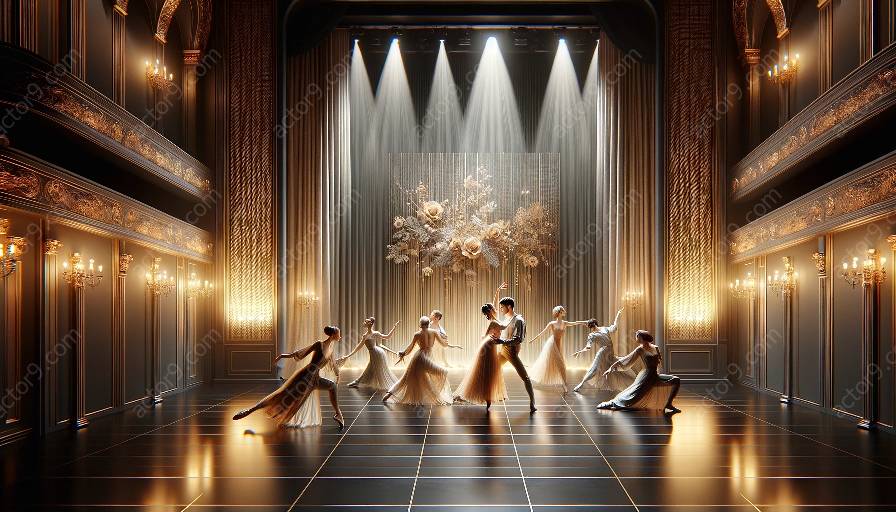Cultural diversity plays a vital role in shaping movement expression in theatrical performances, influencing the physicality of actors and the overall impact on theater. In this topic cluster, we will delve into the intersection of cultural diversity, movement, and theater, examining the dynamic and expressive nature of diverse cultures in the context of acting and performance arts.
The Influence of Cultural Diversity on Movement Expression
One of the most intriguing aspects of theatrical performances is the way in which cultural diversity contributes to movement expression. Different cultures bring their unique perspectives, traditions, and physicality to the stage, enriching the overall experience for both performers and audiences.
Physicality and Cultural Diversity
The physicality of actors is deeply intertwined with cultural diversity, as movement and expression are shaped by the cultural backgrounds and traditions of the performers. Dance, gestures, and body language all reflect the diverse influences that contribute to the richness of theatrical performances.
Exploring Movement as a Form of Cultural Expression
Movement in theatrical performances serves as a powerful form of cultural expression, allowing actors to convey stories, emotions, and themes that are deeply rooted in their diverse cultural contexts. Through movement, performers bring to life the traditions and narratives of their cultures, adding depth and authenticity to their acting.
Connecting Cultural Diversity with Acting and Theater
When examining the relationship between cultural diversity and movement expression in theatrical performances, it is essential to consider the broader impact on acting and theater as a whole. Cultural diversity enhances the creative landscape of theater, offering new perspectives and experiences that enrich the art form.
Breaking Barriers Through Diverse Performances
By embracing cultural diversity in movement expression, theatrical performances have the potential to break down barriers and foster greater understanding and empathy among audiences. Diverse narratives and movements challenge traditional norms and expand the boundaries of theater, creating a space for inclusivity and celebration of different cultural identities.
Embracing Authenticity and Representation
Cultural diversity in movement expression also contributes to the authenticity and representation of diverse voices on stage. Actors are able to draw from their own cultural backgrounds, infusing their performances with genuine portrayals that resonate with audiences from various cultural backgrounds.
Embracing the Dynamic Nature of Theatrical Performances
Ultimately, the intertwining of cultural diversity and movement expression in theatrical performances captures the dynamic and ever-evolving nature of theater. It allows for a continuous exploration of new artistic horizons, enriching the tapestry of stories and experiences brought to life on stage.
Evoking Emotional Connection Through Diverse Movements
Through the incorporation of diverse movement expressions, theatrical performances have the capacity to evoke profound emotional connections, transcending cultural boundaries and resonating with audiences on a universal level. This emotional resonance reinforces the transformative power of theater and the enduring impact of cultural diversity in movement expression.
Advancing the Evolution of Theatrical Arts
As cultural diversity continues to influence movement expression in theatrical performances, the art form evolves, adapting to embrace new cultural influences and perspectives. This ongoing evolution enriches the theatrical landscape, ensuring that performances remain relevant, captivating, and reflective of the diverse world we inhabit.















































